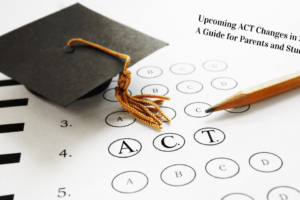
Using Authentic Real World Lessons in the Classroom When Teaching Children
Children are smart, and it can be challenging to get things by them. For instance, they learn to question the presented curriculum provided by their teachers in the classroom at an early age. The students may not voice their displeasure with some of the curricula until they are well into junior high and high school, but this does not mean they aren’t always wondering why they must be completing some of the lessons. And if you are not engaging the students, you are losing them.
A few of the educators I have taught with have not embraced technology as much as they probably should. This has led to students and parents wondering why the kids are working on paper mache projects every couple of weeks instead of putting together slide presentations and things of that nature.
Now keep in mind that I am not throwing any teacher under the bus as we all approach lesson planning differently, but I have learned that students perform much better when given chances to learn authentically. If more educators could use an authentic, real-world approach to lesson planning in the future, I believe more students would be excited about school overall.
But how do you make an authentic approach to lesson planning if you are not familiar with the style?
Student-Led Learning
The days of lecturing at the podium at the front of the class are over unless you want to lose your audience. Everyone’s attention span is getting shorter, not just young children’s. With student-led learning, the class is up and moving, and they are the ones doing the presenting. This will help get them ready for the real world as they are more than likely going to have to make some presentations in their professional lives later on.
Develop Problem Solving Skills
Remembering important dates and facts is fine, but adults have to problem-solve constantly both at work and in their personal lives in the real world. Critical thinking and decision making are two essential skills for students to learn while they are young. There are countless problem-solving lesson plans available online if you need some help in creating them in the beginning.
Use Assessments Other Than Tests and Quizzes
Who said all assessments always have to be on paper? In the real world, employers will not ask you to take a test to show what you know. Instead, interview students to understand what they have learned from the latest project. Observe how they learned during these lessons. Ask the students how they would assess themselves for the assignment. If all your grades come from paper assignments, you are doing a disservice to yourself and the students.
Ask Students to Solve a Real-World Problem
Many great ideas have sprung from young minds as they try to create solutions to problems facing the world. Ask your students to choose a problem that we currently face and then develop ways to solve it. It could be something as little as improving upon the latest mousetrap to figuring out how to improve upon climate change.
Academic Coaching
Suppose your child is having trouble with real-world problems such as staying on schedule, organization, and setting both short- and long-term goals. In that case, iAchieve offers academic coaching that could greatly benefit them. These skills will be needed in real life, just like they are necessary for a school setting. The only difference is that real life is not graded. You either succeed, or you don’t. We can help your child succeed.
RELATED BLOG POSTS
4 High School Classes We Need to Prepare Students for the Real World



